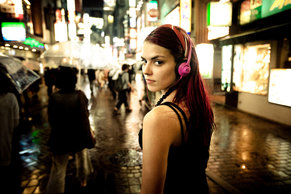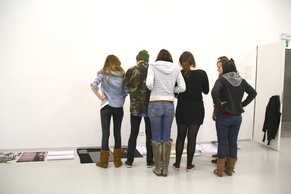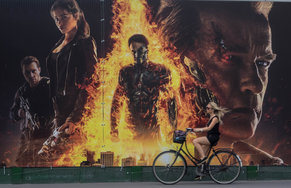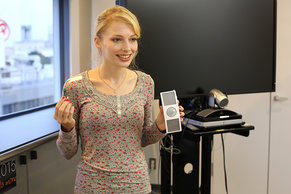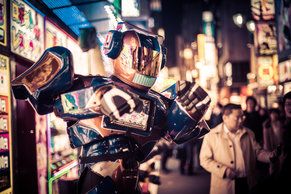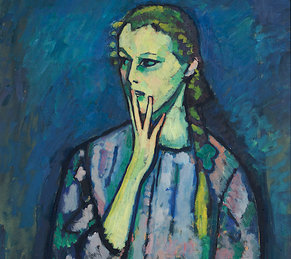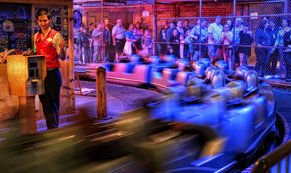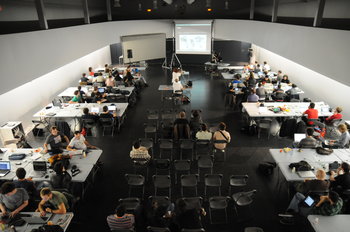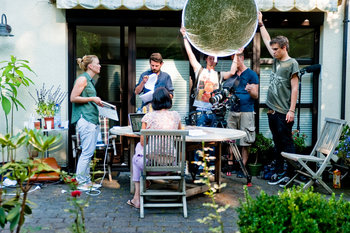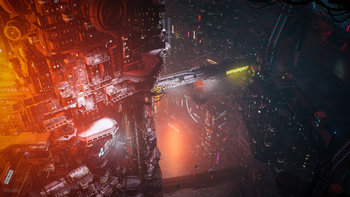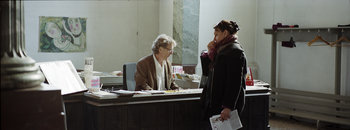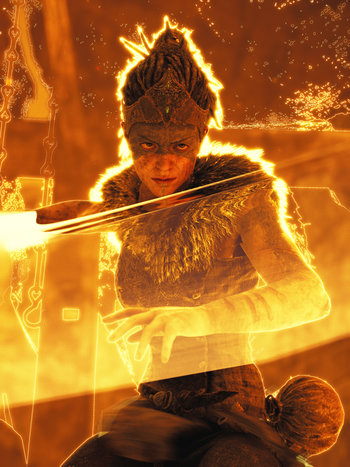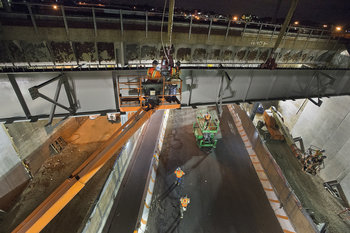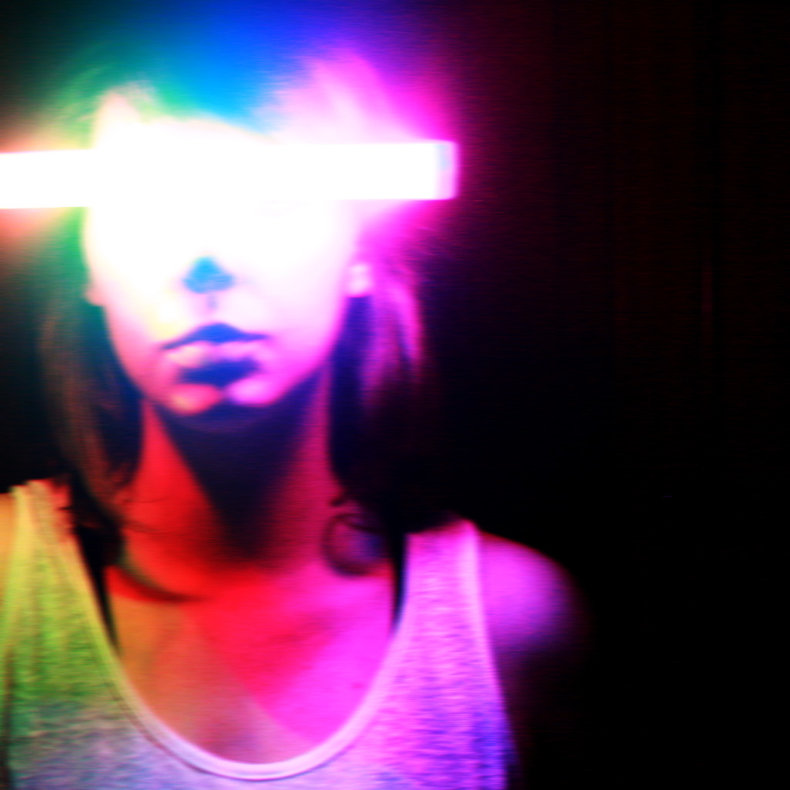
Invention
Neon is the fifth most abundant element in the universe but is exceedingly rare on Earth. It was unknown to humans throughout most of history until William Ramsay and Morris Travers discovered three new elements in a matter of a few weeks in 1898: krypton, literally "hidden gas", neon, "new gas", and xenon "strange gas." One of the first things they did with the new gasses, was to pump electricity through them using a device known as a Geissler tube and the neon light was born. The brilliant orangish red light produced by neon made a strong impression on Travers who later commented "nothing in the world gave a glow such as we had seen."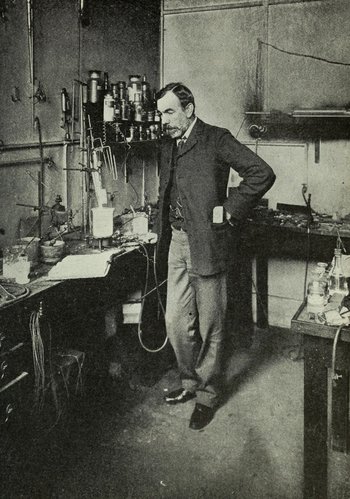
First Wave
Neon tubes were introduced commercially at the 1910 Paris Motor Show by industrialist Georges Claude. These were an immediate hit with businesses in the United States as a means to make commercial signs more noticeable and futuristic looking. Georges Claude and his companies managed to maintain a monopoly on neon lights throughout the 1920s and 1930s with a series of patents. Nevertheless, a cottage industry sprang up around the design and customization of commercial neon signs with around 2,000 small neon businesses operating in the United States by 1940. By this time, every major downtown area in the country was awash in commercial neon signs with increasingly large and creative displays. The capitals of Europe were also flooded with neon in this period.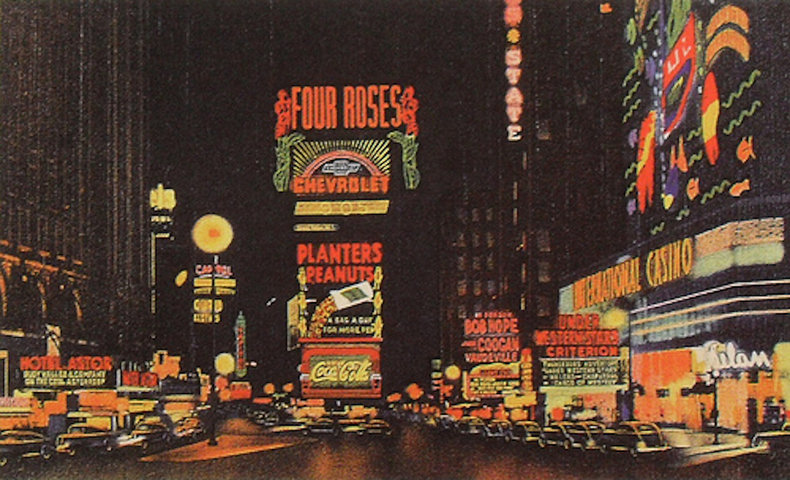
Decline
Enthusiasm for neon in North America and Europe ended with the beginning of WWII. As such, 1939 was peak neon in most Western countries. After WWII, neon was increasingly associated with vice as represented in the term "red light district." Fearful that neon was attracting crime, corruption and immorality many cities in the United States began to ban neon signs in the 1950s and 1960s. With a freeze on new neon signs in many cities, they began to be viewed as a symbol of the past as opposed to a futuristic technological marvel.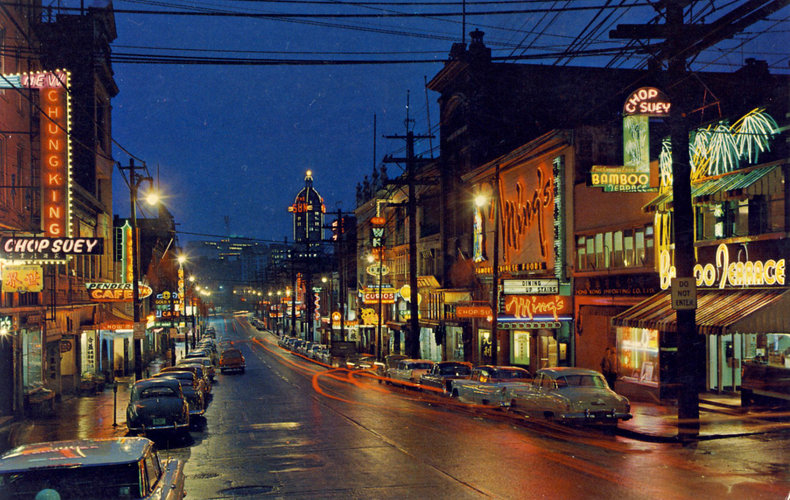
Second Wave
In the 1960s and 1970s, at the same time that neon was in decline in Europe and most of America, a second great wave of neon appeared in places such as Las Vegas, Hong Kong, Tokyo, Osaka, Seoul and Tehran. This second wave peaked in the 1980s as new commercial sign technologies such as flat screen TVs appeared in the 1990s that changed the commercial sign business.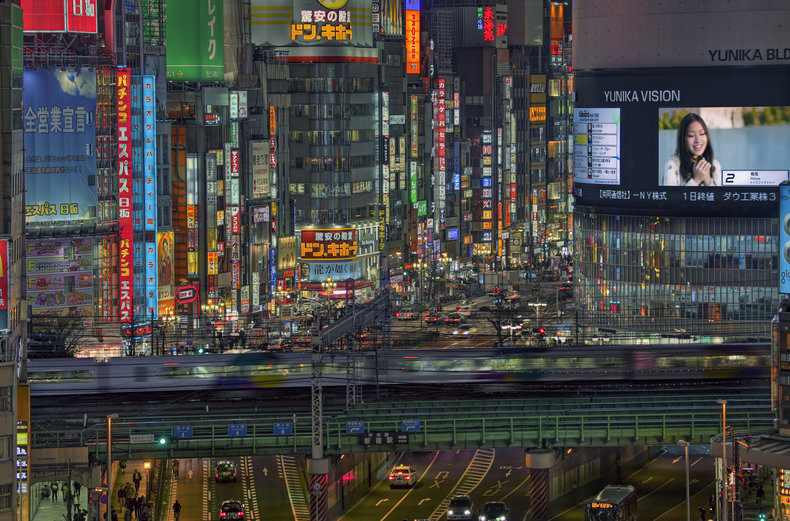
Interior Design
In places where neon was banned in signs, it continued to thrive indoors, particularly in nightclubs and bars. Brave architects have also incorporated neon interior lighting into large projects such as airports.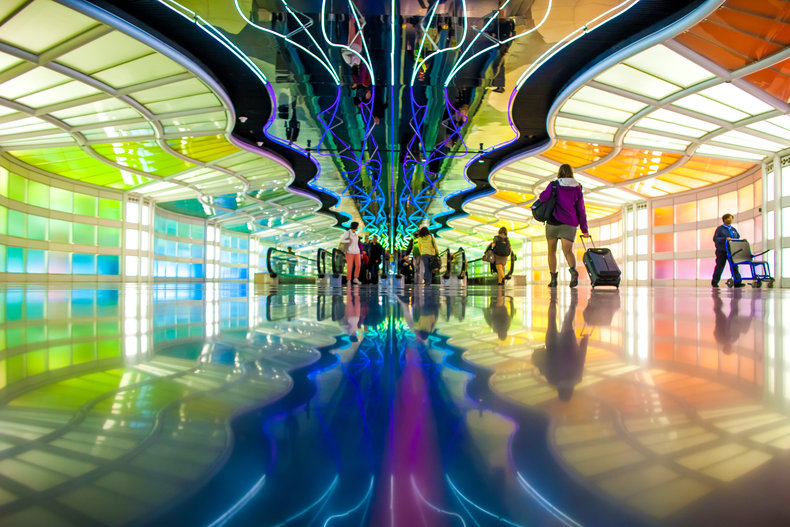
Night Architecture
Neon is commonly used in night architecture to make buildings appear to glow.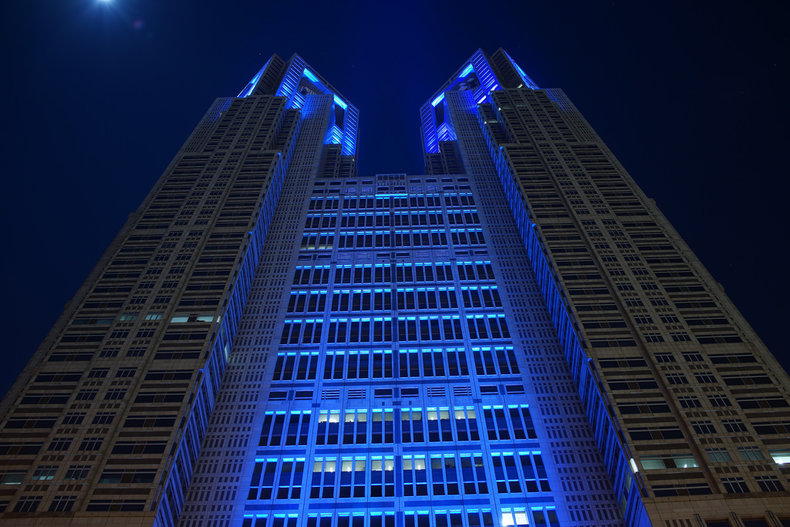
Art
Neon is a common medium for art and has been since its commercialization in the early 20th century. This often resembles pretentious poetry that is written out in neon. However, it also includes interactive installation art that is fun or awe-inspiring.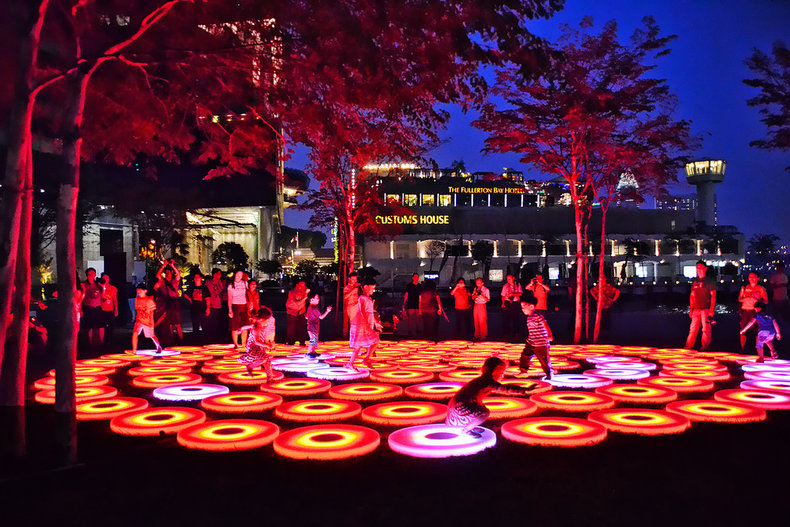
Film
Neon is often used in film as a psychological and stylistic device. This is particularly associated with film noir as neon creates a dark, cynical and urban aesthetic.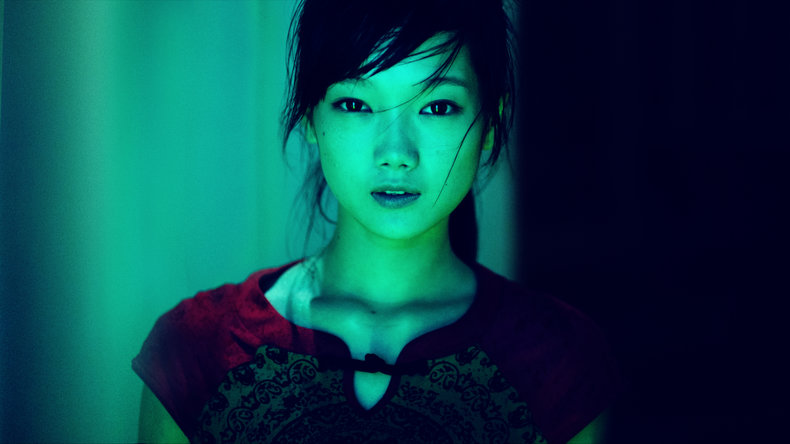
Sounds
Neon lights require very high voltage of 2,000 to 15,000 volts. This requires a transformer that takes a 120 or 240 volt input and bumps it up. Older transformers can make a humming sound due to the Magnetostriction Effect whereby the transformer expands and contracts with alternating current. The glass tubes themselves can also make a buzzing sound due to thermal effects in the gas. This is mostly from high powered lights that are malfunctioning for one reason or another. The sound of neon lights is a familiar symbol of urban decay that may be appreciated in small doses.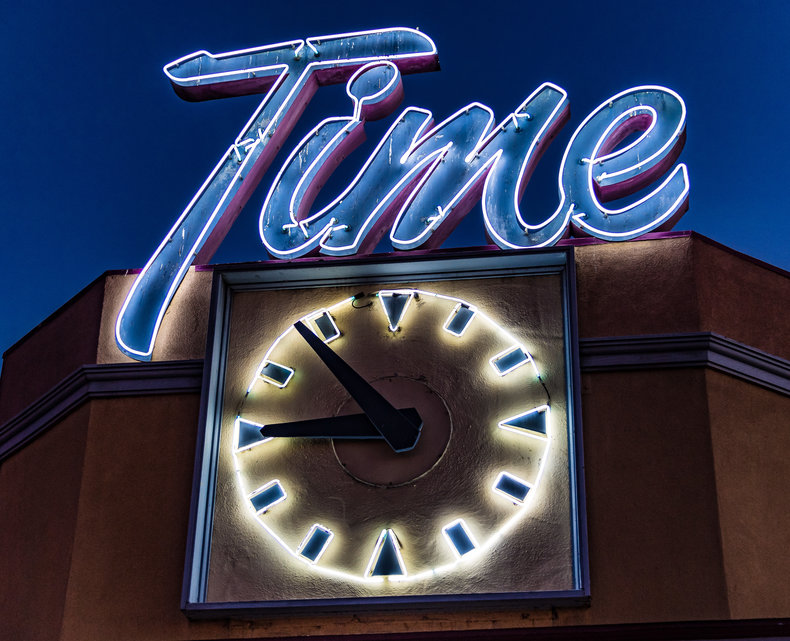
Nostalgia
Neon is strongly associated with particular decades in the minds of people. If it was previously associated with the 1930s, it is now associated with the 1980s. Neon related language and color is often used to spark or describe feelings of nostalgia. Businesses that stick with their old neon signs may eventually benefit from this effect as a desire to recapture the past can be a powerful customer motivation.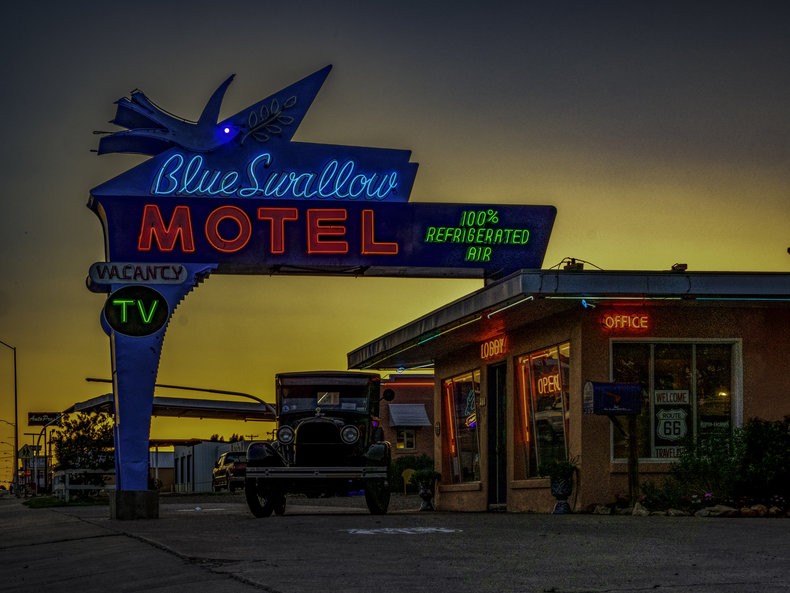
Nostalgia for the Future
Neon often shows up in creative works that display the future as being strangely nostalgic such as cyberpunk films and games.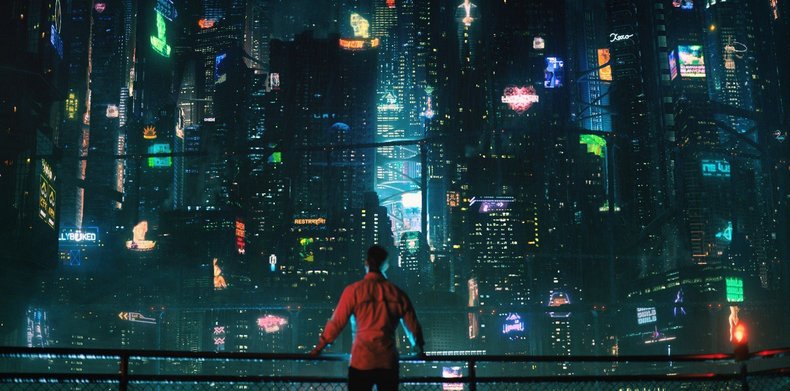
Technology
Neon lights are sealed glass tubes with a metal electrode at each end filled a number of gases at low pressure. An electric charge from each electrode ionizes the gases in the tube causing them to glow with colored light. These can be more efficient than incandescent lights, depending on the color of light. Neon gas alone produces an orangish red. Other gases and chemicals are used to produce other colors including hydrogen (red), helium (yellow), carbon dioxide (white) and mercury (blue). Uranium was historically used in green and yellow neon lights.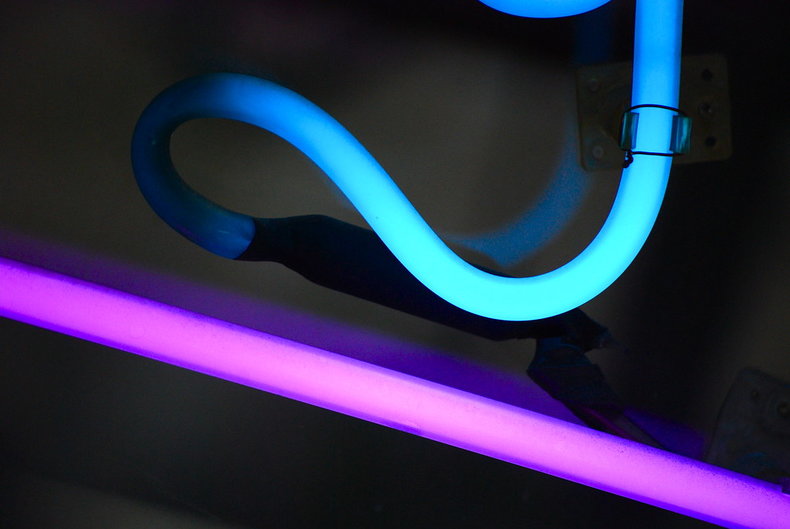
Life Span
High quality neon lights have a remarkably long lifespan and are known to last 50 years or longer.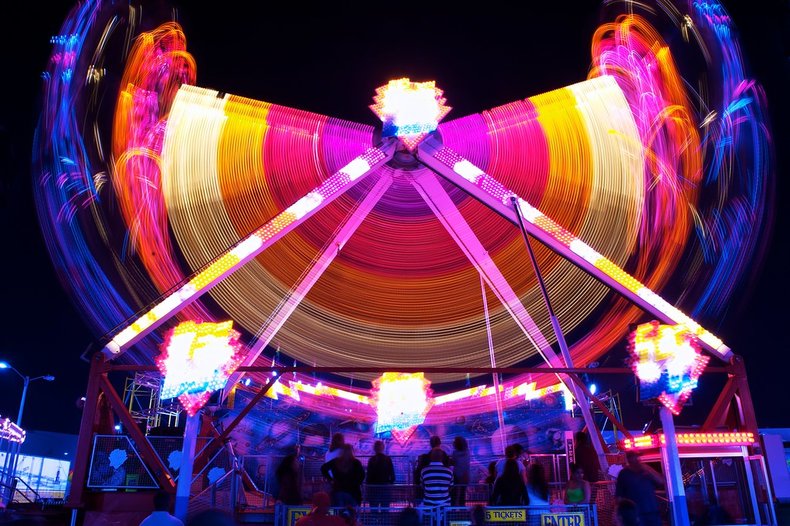
Fluorescent Light
Many lights perceived or marketed as neon are actually fluorescent light filled with low-pressure mercury-vapor. This produces color by exciting a phosphor coating on the inside of the tube, causing it to glow with color. The interior of neon lights may also be coated with phosphors to alter their color. There are hundreds of known phosphors that were intensively developed for color televisions beginning in the 1940s. These include oxides, nitrides, oxynitrides, sulfides, selenides, halides, cadmium, manganese, aluminum, silicon and various rare-earth metals.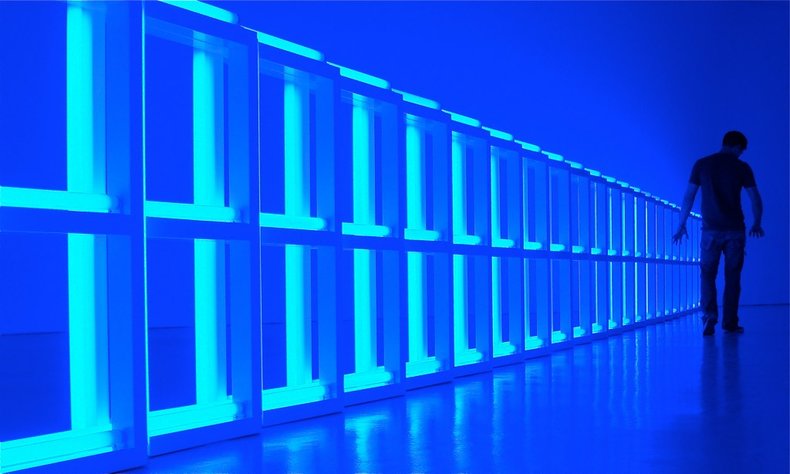
LED Lamp
LED light bulbs are a technology based on semiconductors as opposed to gases. These are extremely efficient and inexpensive and are quickly replacing other types of light bulbs in the market. LED lights can be small and a single light can be designed to change its color. This has led to much innovation in lighting design as large light displays may include millions of individual lights that can each be individually controlled with a computer. In other words, LED have potential to create stimulating and extravagant lights that make neon look dull by comparison. As LED lamps are relatively new and continue to evolve, this may be only just beginning.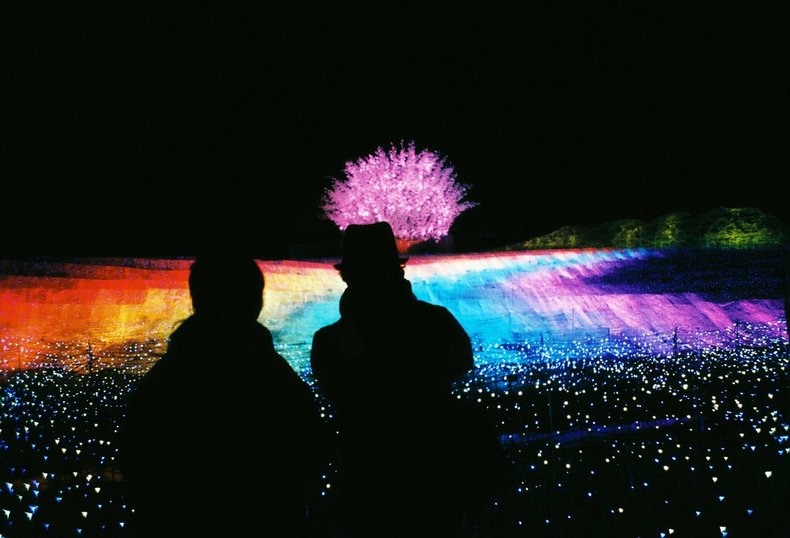
Historical Preservation
Historical neon lights that have survived more than 50 years are commonly viewed as a form of cultural heritage that may be worthy of preservation. This is particularly true for large neon signs known as spectaculars.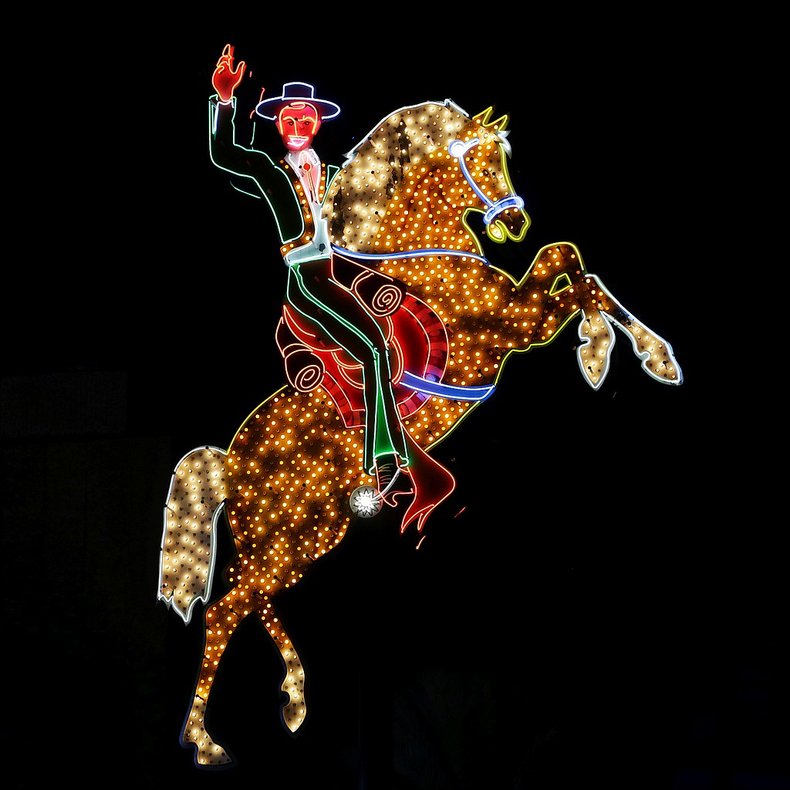
| Overview: Neon Lights | ||
Type | ||
Definition | A type of colorful, glowing electric tube lighting that contains low pressure neon and other gases. | |
Related Concepts | ||

